"L'Épopée des rois thraces". Découvertes archéologiques en Bulgarie au Musée du Louvre
Tête de Seuthès III. Golyama Kosmatka. Musée archéologique de Sofia © Institut national d’archéologie et musée - ABS / Ivo Hadjimishev
PARIS - Patrie d’Orphée ou de nombreux rois légendaires cités par Homère, la Thrace, région encore méconnue, révèle peu à peu ses splendeurs grâce à de récentes découvertes archéologiques. Aux frontières du monde grec et de l’empire perse, émerge en Thrace, durant la période classique, une nouvelle puissance régionale, le royaume odryse. Les nombreuses tombes d’aristocrates ou de rois, mises au jour ces dernières décennies, rendent compte, avec leur mobilier en céramique, en bronze ou en or, de la richesse de la Thrace. Entre la mer Noire et la mer Egée, cette région se nourrit des échanges nombreux qu'elle entretient avec toutes les civilisations qui l’entourent. À travers les collections des musées bulgares, cette exposition se propose de découvrir la réalité et la complexité de ce royaume.
Couronne, 350-300 av. J.C. Or. Musée d'histoire "Iskra" Kazanlak © Musée historique de Kazanlak/ Todor Dimitrov
Désireuse d’offrir une lecture historique de la Thrace du Ve au IIIe siècle av. J.-C., l’exposition choisit comme prisme l’émergence et l’affirmation d’un centre de pouvoir majeur : celui des Odryses. Dans une région marquée par la pluralité des pôles politiques et sociaux, cette dynastie développe une identité propre.
Trésor de Panagyurishte, rhyton. Fin IVe av. J.C. Or. Musée archéologique, Plovdiv © Musée régional archéologique de Plovdiv/ Todor Dimitrov
Deux phases distinctes dans la construction identitaire de l’aristocratie se dégagent, entre le retrait des forces perses de Thrace égéenne en 479 av. J.-C. et les invasions celtes (vers 279 av. J.-C). Pendant la période classique, la maison odryse constitue un acteur régional majeur dans le jeu d’alliances qui se nouent entre Macédoniens et Athéniens autour des colonies nord-égéennes. À l’époque hellénistique, les Odryses doivent affronter d’autres modes de pouvoir : celles du royaume de Macédoine, ainsi que toutes celles qu’ils vont rencontrer dans les expéditions qu’ils mènent aux côtés d’Alexandre en Orient.
Pierre Paul Rubens, Le banquet de Térée, 1660, Huile sur toile. Musée National de Prado, Madrid © Madrid, Museo Nacional del Prado
La réalité du monde odryse est abordée dans le contexte global et contemporain du monde antique, au contact des autres entités régionales : Gètes, Triballes, tribus thraces autonomes, cités grecques. Loin de diluer l’identité thrace les récentes découvertes archéologiques démontrent au contraire comment un centre de pouvoir emprunte un ensemble hétéroclite d’éléments de prestige issus d’horizons géographiques divers – Asie mineure achéménide, cités grecques, royaume macédonien – qu’il reformule au service d’un discours qui lui est propre et par lequel il acquiert sa pleine identité.
du 16 Avril 2015 au 20 Juillet 2015. Musée duLouvre
People visit the exhibition "The Saga of the Thracian Kings Archaeological Discoveries in Bulgaria" at the Louvre museum, on April 14, 2015 in Paris. AFP PHOTO / PATRICK KOVARIK.
SOFIA (AFP).- Exquisitely crafted gold, silver and bronze objects will go on display at the Louvre museum in Paris this week, giving visitors a rare glimpse of the ancient Thracian culture that produced them.
Many stories still remain untold about this refined civilisation whose citizens included Orpheus, the mythical son of a Thracian king, and legendary gladiator Spartacus who led an uprising against Rome.
Today, "ancient Thrace is most famous for its unique goldsmithing works", Bulgarian exhibition commissioner Milena Tonkova told AFP ahead of Tuesday's opening.
One of the exhibition highlights is the Panagyurishte ritual beverage set -- the most prized possession of these ancient people who inhabited the Balkan peninsula from the 2nd millennium BC to the 3rd century AD.
Made of 23-carat gold, it consists of a phial, an amphora with centaur-shaped handles and seven rhytons, and drinking vessels carved in the form of women's and animal heads, with a total weight of six kilos (13 pounds).
Since Communist times, Bulgaria has been exhibiting gold and silver Thracian treasures found on its territory in museums around the world, from Mexico to India and Japan.
Not just about gold
But "it won't just be the umpteenth exhibition in France of Thracian gold: it will offer the general public an opportunity to gain broader insight into this culture," said Francoise Gaultier, the director of Louvre's Department of Greek, Etruscan, and Roman Antiquities.
Beyond the stunning wares, this latest exhibition aims to paint a broader picture of the lifestyle of the Thracians by showing the tools used to carve the pieces.
It will also showcase for the first time the exact replicas of four Thracian tombs from central Bulgaria, where some of the precious finds were uncovered.
One of them contained another centrepiece of the exhibition -- the life-size bronze head of King Seuthes III with eyes made of alabaster and a glass paste lending extreme liveliness to the king's sculptured face.
This ruler of the Odrysian kingdom had been buried together with his gold wreath, headpiece, horse ornaments, drinking cups and even glass playing dice.
"Seuthes' face will personalise ancient Thrace for the public," French commissioner Alexandre Baralis said.
In addition to unveiling the spectacular craft behind Thrace's treasures, the exhibition aims to shed a light on famous Thracian rulers.
"What we want to do is to present a historical and archeological synthesis that allows us to go further, to give substance, and offers a global perspective on the history of the Odrysian kingdom from 479 to 278 BC," Baralis said.
"We want to show that the Thracians, as actors of the ancient world, were as influential as the Greek, the Macedonians or the Romans."
Bulgarian tourism boost
The exhibition will also provide an opportunity to Bulgaria to bolster its image as one of the three European countries with the richest cultural heritage after Greece and Italy.
"The exhibition at the Louvre will offer us a trampoline for promoting cultural tourism," said Tourism Minister Nikolina Angelkova.
Bulgaria is currently mostly known for its winter resorts and Black Sea beaches but according to the minister, it has a huge potential to attract new tourism to the dozens of reconstructed Thracian burial sites.
By: Vessela Sergueva. © 1994-2015 Agence France-Presse
A helm and shin guards are displayed as part of the exhibition "The Saga of the Thracian Kings Archaeological Discoveries in Bulgaria" at the Louvre museum, on April 14, 2015 in Paris. AFP PHOTO / PATRICK KOVARIK.

/https%3A%2F%2Fprofilepics.canalblog.com%2Fprofilepics%2F1%2F0%2F100183.jpg)
/https%3A%2F%2Fstorage.canalblog.com%2F03%2F02%2F119589%2F96711876_o.jpg)
/https%3A%2F%2Fstorage.canalblog.com%2F11%2F31%2F119589%2F94773502_o.jpg)
/https%3A%2F%2Fstorage.canalblog.com%2F20%2F83%2F119589%2F94772815_o.jpg)
/https%3A%2F%2Fstorage.canalblog.com%2F26%2F72%2F119589%2F75604929_o.jpg)
/https%3A%2F%2Fstorage.canalblog.com%2F59%2F60%2F119589%2F26458628_o.jpg)
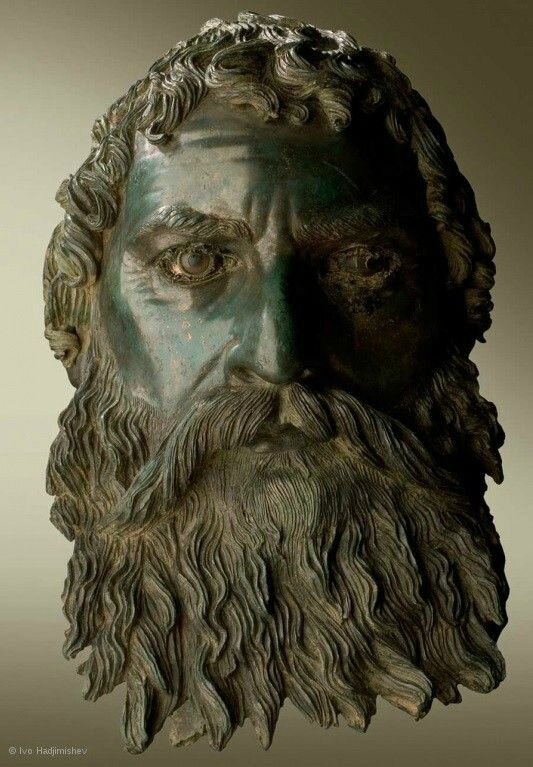
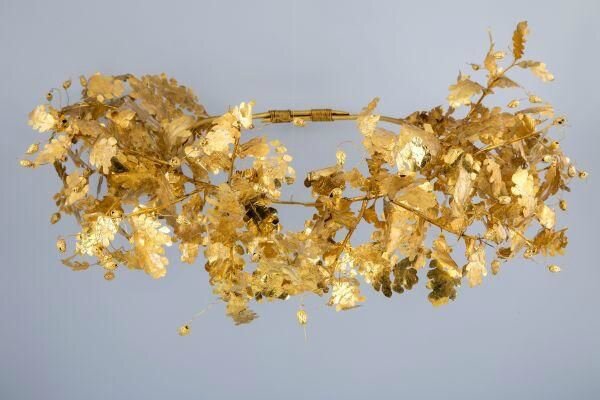
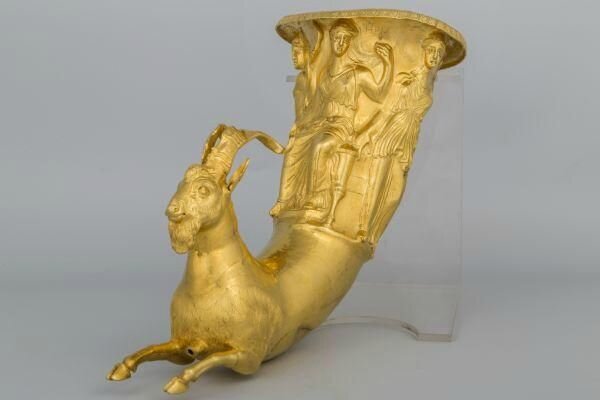
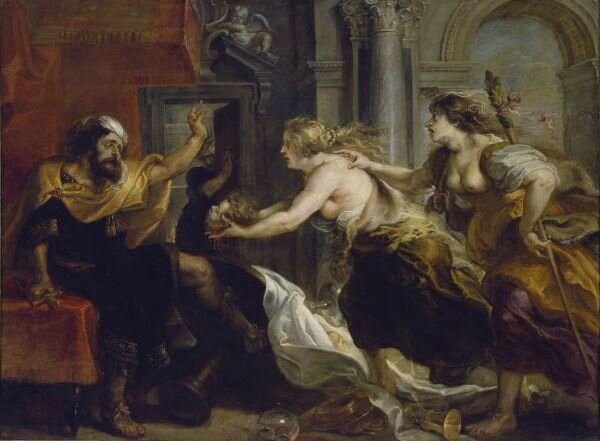
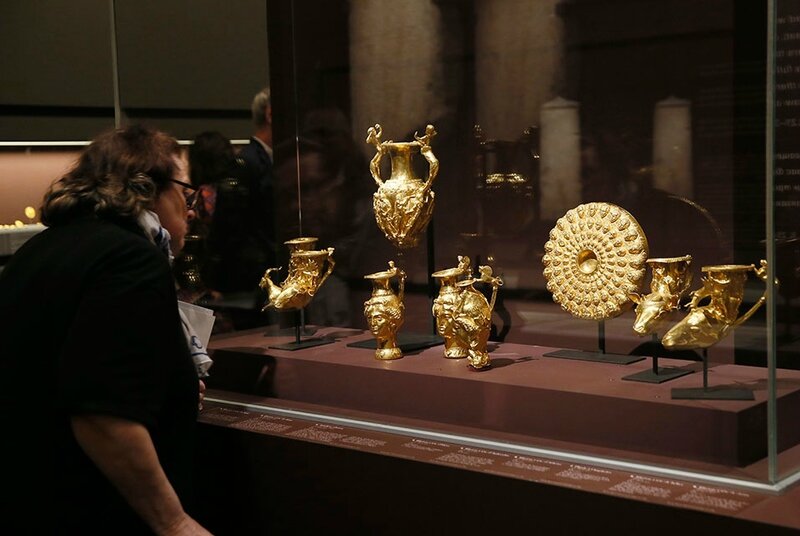
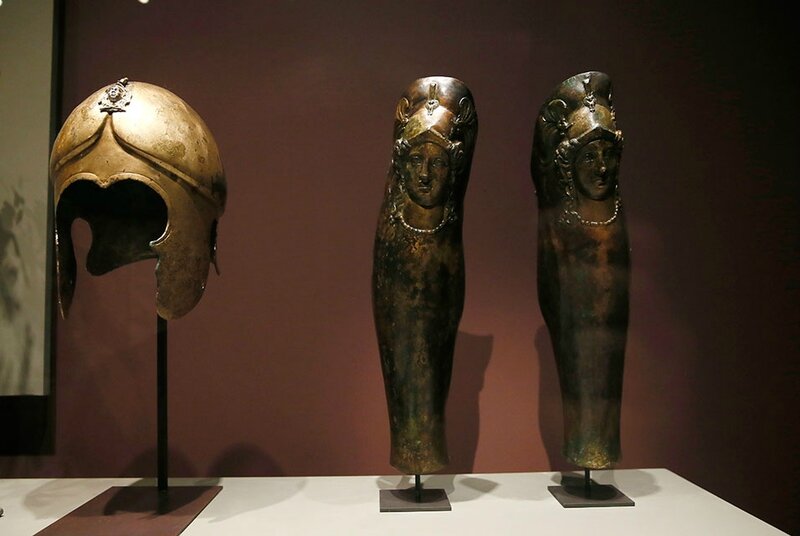


/http%3A%2F%2Fstorage.canalblog.com%2F64%2F67%2F119589%2F113006072_o.jpg)
/http%3A%2F%2Fstorage.canalblog.com%2F68%2F42%2F119589%2F95196706_o.jpg)
/http%3A%2F%2Fstorage.canalblog.com%2F92%2F45%2F119589%2F94381964_o.jpg)
/http%3A%2F%2Fstorage.canalblog.com%2F84%2F43%2F577050%2F40561391_p.jpg)